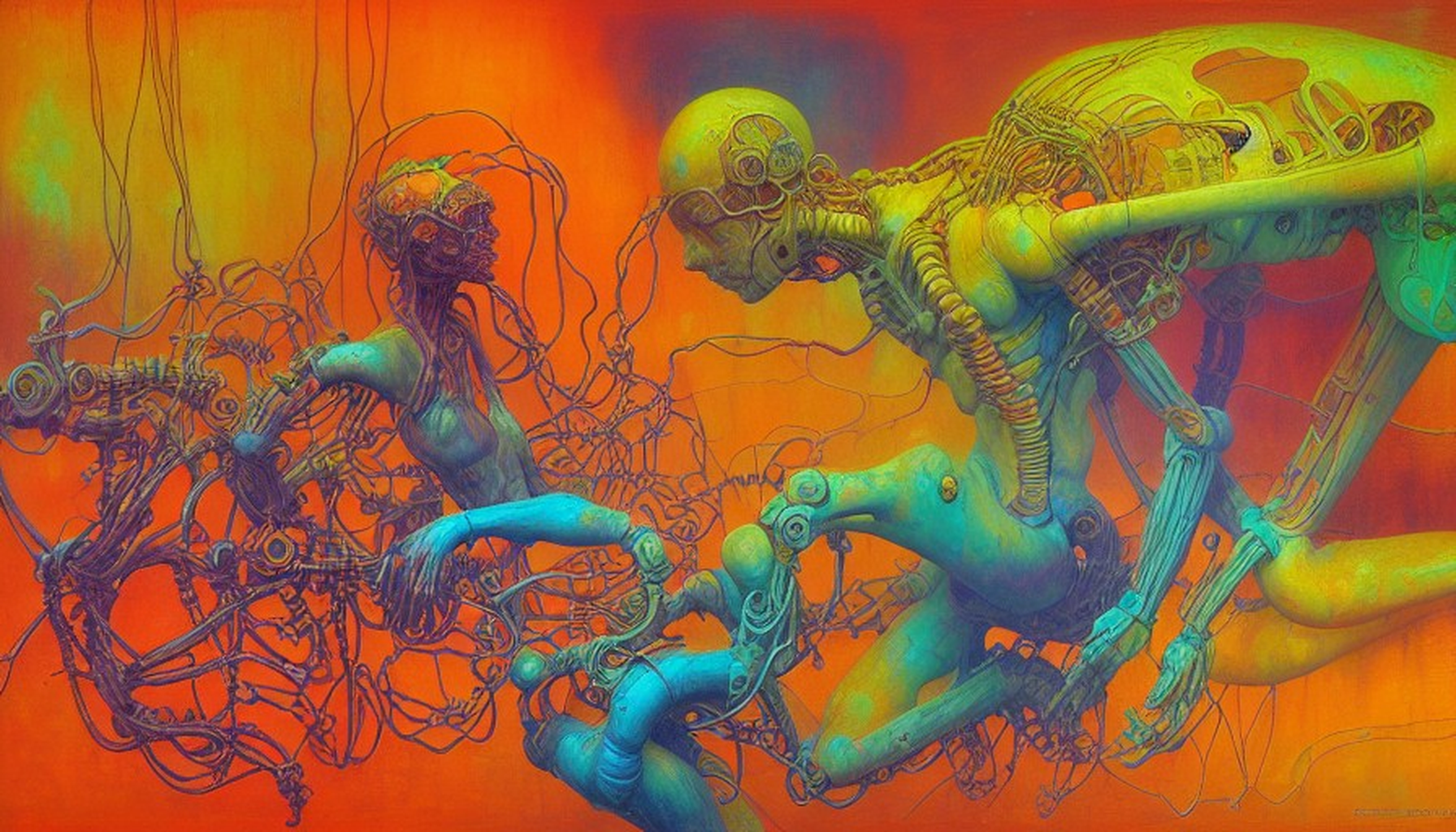Subharmonic Synthesis

Subharmonic synthesis is used by composers, artists, and scientists to generate subharmonics or frequencies that are multiples of the fundamental frequency of a sound. It has gained significant popularity due to its ability to generate low-frequency sounds for various musical genres, such as electronic, orchestral, hip-hop, electronic dance music, and pop music. In this article, we will explore subharmonic synthesis from the perspective of a composer, artist, and scientist.
We will also recommend both paid and free open-source software for subharmonic synthesis and describe the unique possibilities for mastering, mixing, and composing.
What is Subharmonic Synthesis?
Subharmonic synthesis is the process of generating a low-frequency signal that is an integer multiple of an input frequency. It involves the creation of subharmonic frequencies by using an algorithm to divide the input frequency by a specific integer. The result is a sound that is an octave lower than the input frequency.
The technique of subharmonic synthesis can be used to add depth and richness to a sound. It is particularly useful for creating bass and low-frequency sounds that are not present in the original sound source. This process has been used in electronic music for many years and is a popular tool for producers and composers.
From a Composer's Perspective
Subharmonic synthesis allows composers to create deep and powerful bass sounds that are not present in the original recording. This technique is particularly useful for electronic music composers who want to create music with a powerful low end. It is also useful for composers who want to create a sense of tension and release in their music.
From a Scientist's Perspective
A subharmonic synthesis is a powerful tool for scientists who study the physics of sound. It allows scientists to study the properties of sound and to create new and interesting sounds for research purposes. This technique is particularly useful for studying the properties of low-frequency sounds and their effect on the human body.
Scientists can use subharmonic synthesis to study the properties of sound and its effects on the human body. This technique can be used to create low-frequency sounds that are not present in the natural environment, allowing scientists to study their effect on the body.
One area of research that is particularly promising is the use of subharmonic synthesis in medical devices. Low-frequency sounds have been shown to have a variety of therapeutic benefits, including reducing pain and anxiety and improving sleep quality.
It is also useful for studying the properties of sound waves and their interaction with different materials.
Subharmonic synthesis is just one of many techniques used to generate new and exciting sounds. Other techniques include frequency modulation, phase distortion, and wavetable synthesis. Each of these techniques has its strengths and weaknesses, and the choice of technique will depend on the desired result.
Frequency modulation involves using one waveform to modulate the frequency of another waveform. This technique is particularly useful for creating complex, evolving sounds. Phase distortion involves manipulating the phase of a waveform to create new and interesting sounds. Wavetable synthesis involves using a series of pre-recorded waveforms to create a new sound.
Subharmonic Synthesis in Sound Design
There are several paid and free software options available for subharmonic synthesis. One popular paid option is the Waves Sub Align plugin, which is designed specifically for aligning sub frequencies in a mix. Another paid option is the Sublab plugin by Future Audio Workshop, which is a powerful sub-bass synthesizer that allows for the creation of complex, layered sounds.
For those who prefer free and open-source software, there are several options available as well. The MDA Subsynth plugin is a free sub-bass synthesizer that can generate subharmonics, while the Helm synthesizer is a free and open-source synthesizer that offers a range of synthesis techniques, including subharmonic synthesis.
